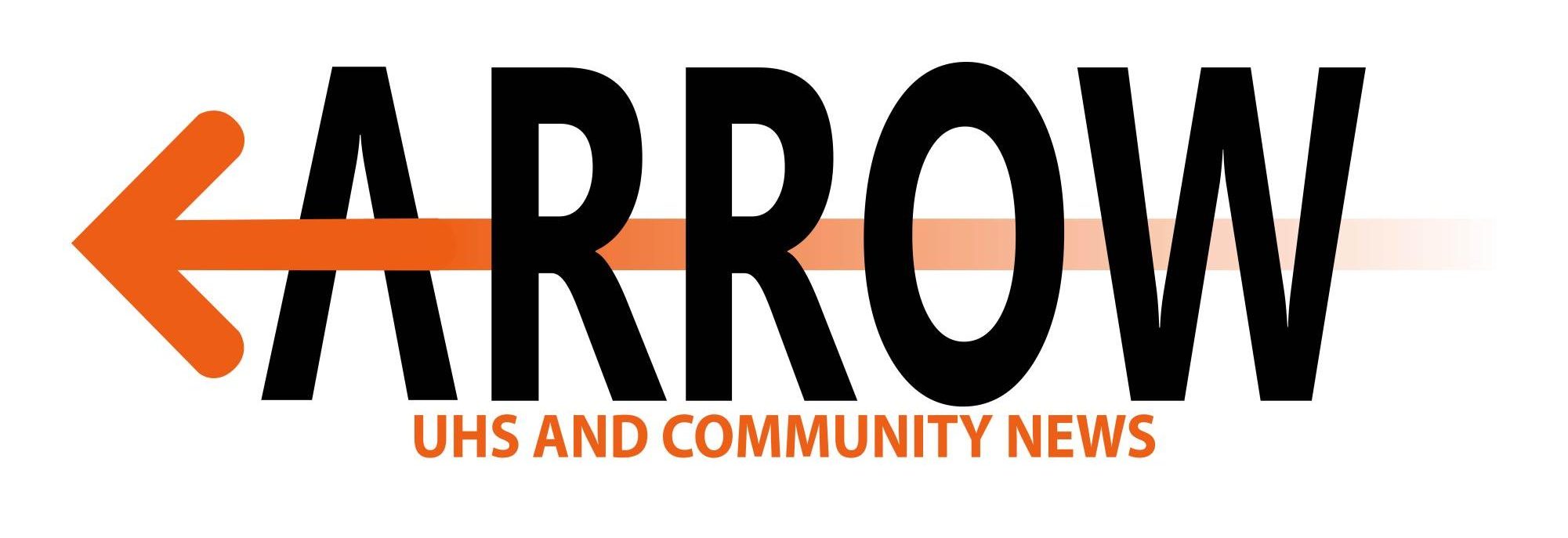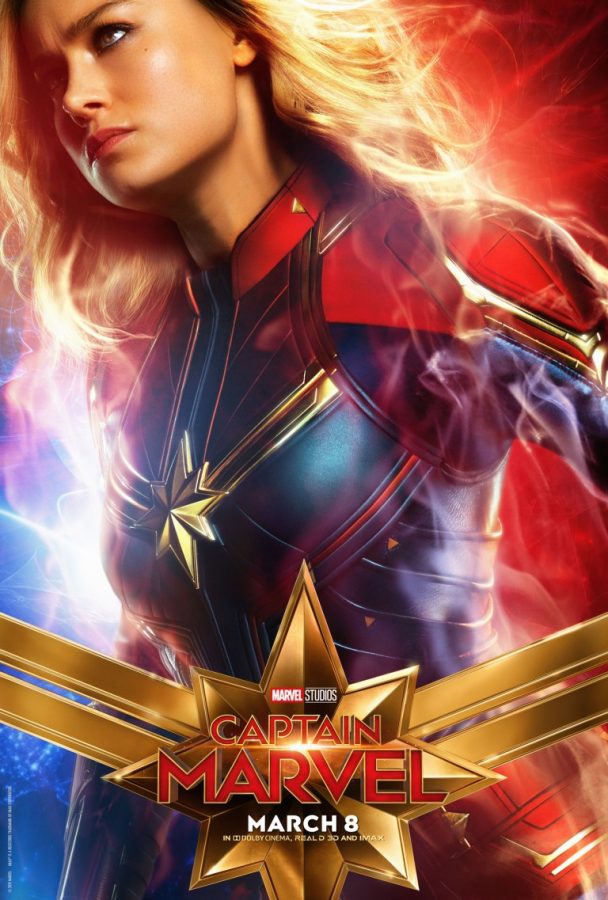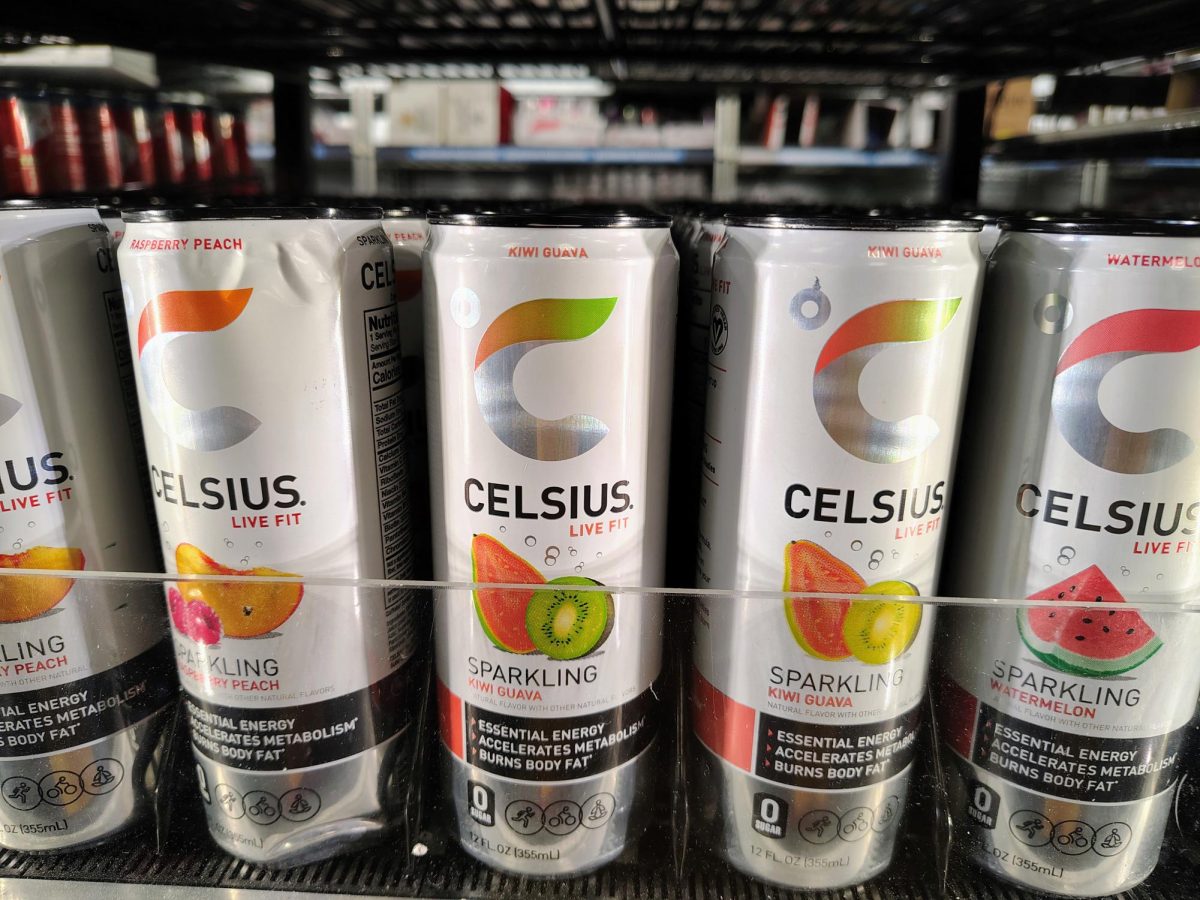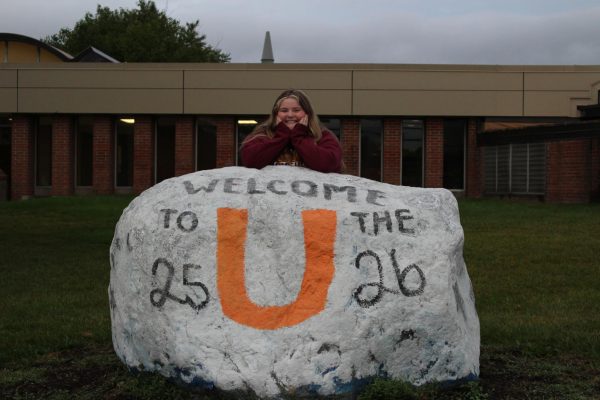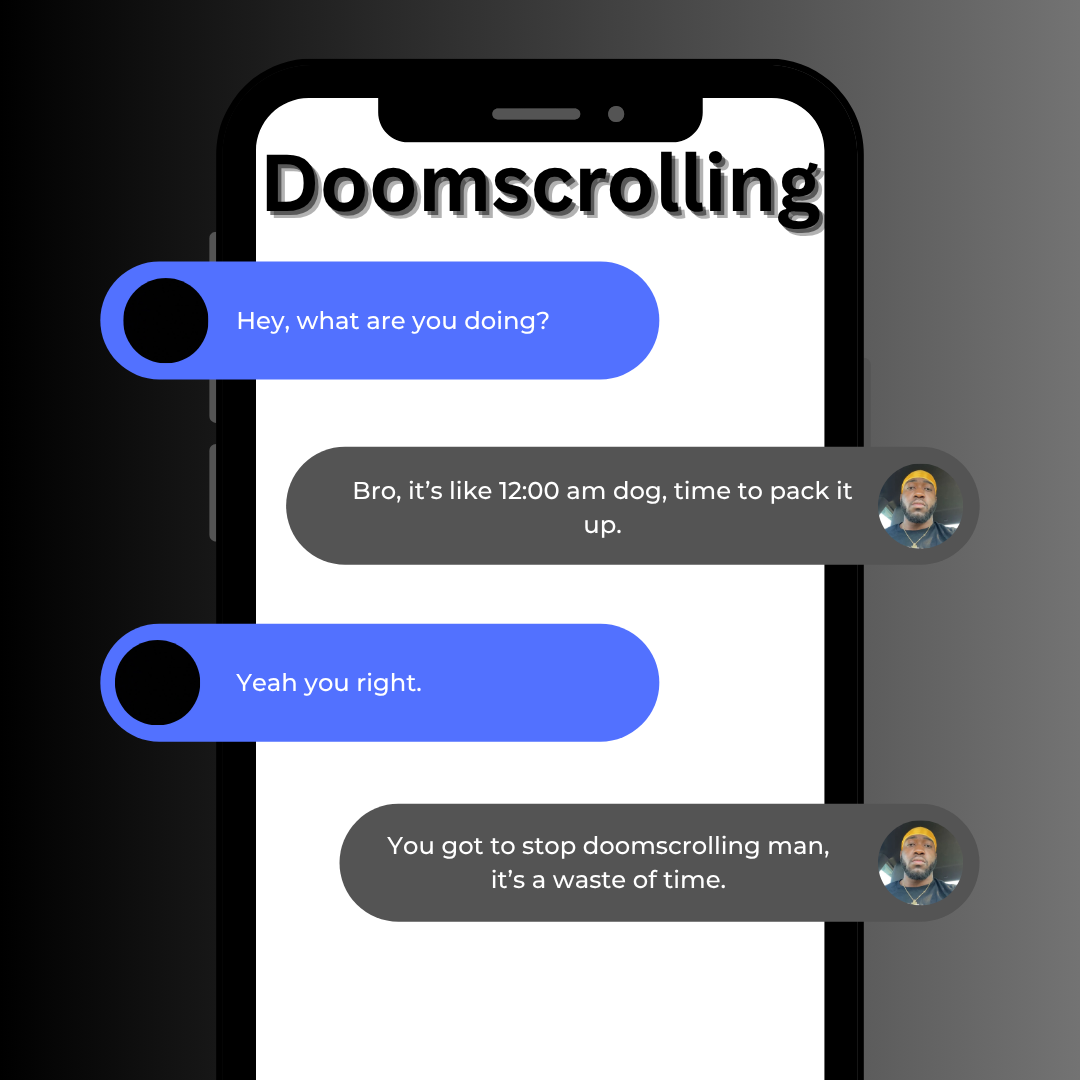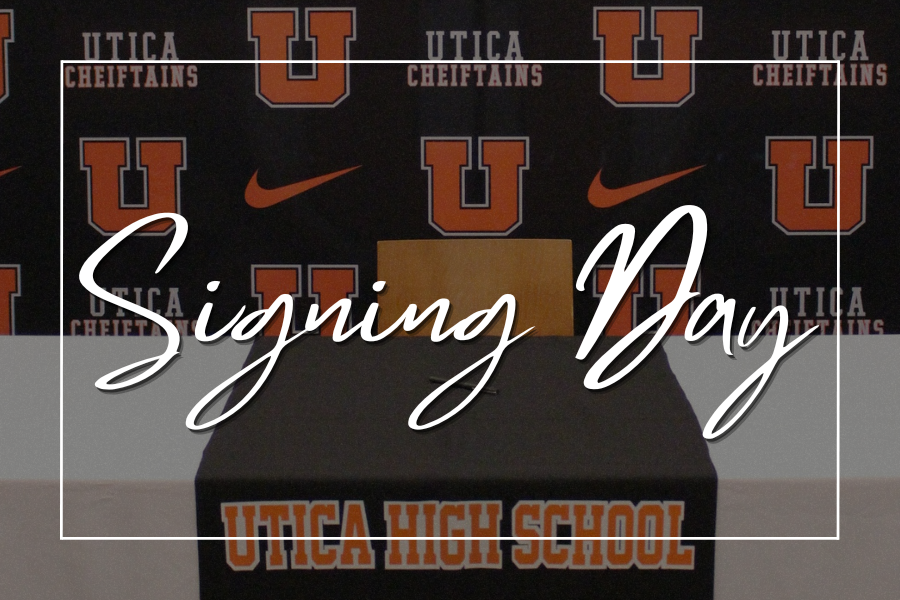“Captain Marvel” flies into theaters
My thoughts and theories after seeing the newest Marvel film.
March 14, 2019
It seems only fitting that the first Marvel movie to feature a solo female lead should be released on International Women’s Day. “Captain Marvel” hit theaters Mar. 8 after much excitement from fans, and after that movie, it’s no wonder why director Anna Boden calls Captain Marvel the strongest hero we’ve seen so far. Disclaimer: This article is a review, and as such, will contain spoilers. I highly suggest you see the movie before reading.
The film manages to give thrilling chase scenes, introduce interesting characters and throw the entire MCU on it’s head in only two short hours. That may seem impossible, given the intricate plots built-up over the past 11 years, but leave it to Marvel to have another trick up their sleeve to save our favorite heroes.
Set 24 years before Tony Stark even thinks up the Iron Man suit or Captain America is thawed from ice, “Captain Marvel” tells the story of a woman named Carol Danvers (Brie Larson). A former US pilot, Danvers wakes, without memory of her past, on an alien planet inhabited by the Kree, who are in battle with another alien species, the Skrull. Over the course of two hours, she meets characters we already know, such as Nick Fury (Samuel L. Jackson) and Phil Coulson (Clark Gregg) and gets her world shaken up by a (sort of predictable) plot twist.
Starting off with the more technical aspects of the film, I found the CGI to be on par with the previous films Marvel has released. From the spaceships and anti-gravity to Danvers’ super-suit, it all looked amazing. The makeup was also impeccable, especially given the intricacies of both the Skrull and Kree aliens. Though, that is to be expected after what we saw in past films, such as “Guardians of the Galaxy” and even “Avengers: Infinity War”. There were more similarities between this film and the others than the excellent makeup, which is one of the most interesting parts in any Marvel movie.
The plot of the film, though predictable in certain aspects, managed to keep viewers interested until the very end. Between the aforementioned beauty of it to the relationships forged between characters, “Captain Marvel” does not disappoint. From the very first look at our leading role to the very final post-credits scene, the film had my full attention, and the full attention of others in the theater.
Another very strong point of the movie was the relationships between the characters, namely Carol Danvers and Maria Rambeau (Lashana Lynch). The two interacted in a way that was very heartwarming, especially given the context of everything that had happened during the film. Rambeau as a character herself was amazing to see – a strong single mother and woman of color who wasn’t afraid of anything she saw. Like, not even the aliens. It was refreshing, to say the least, especially coming from a studio that took ten years to put out “Black Panther”, the first MCU film with a person of color in the titular role.
The way in which the directors portrayed Danvers and her experiences, both on Earth and in space, was big. Instead of just having her be one of those characters who just happens to be x (in this case, happens to be female), they made that a larger part of the story. Her experiences were reflective of what women face in the real world. From being told to smile, to being told to control her emotions, the things that Danvers deals with are very realistic. In fact, they are so realistic that when the first posters were released for the film, a number of fans complained about them – because Larson was not smiling in them. Even in the context of promotional material, women have to deal with these experiences. In my opinion, that is what made this movie great – women were not only finally getting a standalone superhero representing them, they also got a relatable one. Someone who shared their struggles.
Along the line of her experiences, Yon-Rogg (Jude Law), the mentor of the film, repeatedly tells her to keep her emotions in check. Yet, it’s only when she embraces them that she becomes her most powerful. The message that this scene holds is important – emotions are strengths, and people shouldn’t be made to feel bad for them. They can even benefit those who perpetuate the over-used idea that emotions equal weakness, as shown when mercy is shown against the enemy of the film.
As with any Marvel movie, “Captain Marvel” connects to the others in numerous ways. The ways that they show these connections through the storytelling of the film helps to strengthen the future of the MCU. The following few paragraphs will include breakdowns of some of the more significant connections to the other movies.
As previously mentioned, Fury and Coulson make appearances in the film. Now, as we know from prior films, both men work for S.H.I.E.L.D., the government agency that looks into the peculiar – heroes, aliens, sentient robots, etc. In this film, we get to see them before they were seasoned agents (and Director, in Fury’s case). Personally, I’ve been waiting a long time to see if, and how, they would present Fury’s backstory, and my anticipation was not in vain. Finally, Marvel has answered the question of just how Director Fury lost his eye – and, in my personal opinion, it was iconic and not at all what you’d expect.
The Kree aliens are another connection between films, and even one of Marvel’s TV shows. They’re first introduced in Marvel’s “Agents of S.H.I.E.L.D.”, which is a continuation of Coulson’s work following the original “Avengers” film, where they are found to have secretly been to Earth in the past. Later, they are re-introduced in “Guardians of the Galaxy” as the main enemies of the beloved space-traveling Guardians. How does this connect to “Captain Marvel”? Well, Danvers is thought to be Kree until she uncovers her past, in which she realizes they have been the enemy all along. Though this plot twist seemed fairly apparent to me, the ways in which the revelation is handled strengthened Danvers as a character and hero. By facing those she fought alongside, Danvers makes the transition from Star-Force soldier to Captain Marvel.
The connections didn’t stop there. If you can recall the post-credits scene of “Avengers: Infinity War”, in which Fury is scene disintegrating, one thing should stand out: the device that showed the symbol of Captain Marvel. This communication device is seen again in the newest release, which explains it’s origins. It’s actually a pager that Fury uses to contact his superiors, that is later upgraded by Danvers, so that he is able to call her if Earth needs a defender. Luckily, after almost 25 years.
The final connection that I found was with an object known as the Tesseract. This has been important to the Marvel Cinematic Universe since “Captain America: The First Avenger”, and continued to be of importance until “Avengers: Infinity War”, in which it was revealed to be housing one of the six infinity stones. However, due to the final post-credit scene of “Captain Marvel”, we see that there was not one, but two Tesseracts. This revelation leads to new questions regarding the next “Avengers” films. Is there a seventh infinity stone? Which one is it? Is it the key to defeating Thanos and bringing back our dearly dusted heroes?
Obviously, this movie did a lot to tie in a number of elements from the other Marvel films. And just like the others, it does an amazing job of it.
Finally, this review would not be complete without mention of the fan favorite character: Goose the cat. Goose, portrayed by four different felines, is just that: the pet of Danvers’ friend, who joins her on her mission to protect Earth. There isn’t much more to say about the lovable companion, other than that Goose is an adorable helper and the cats that portrayed her did an excellent job.
In the end, “Captain Marvel” left me with more questions (and theories) than answers. Leave a comment with your thoughts or theories on the movie and how it’ll affect Marvel films yet to come.


